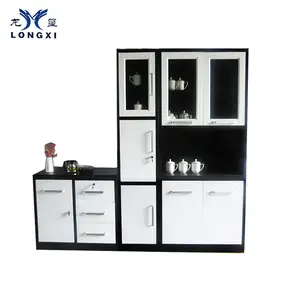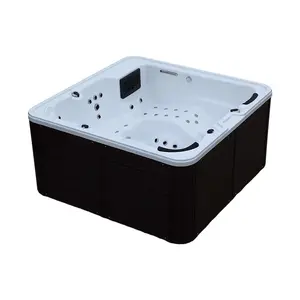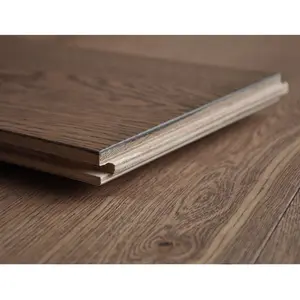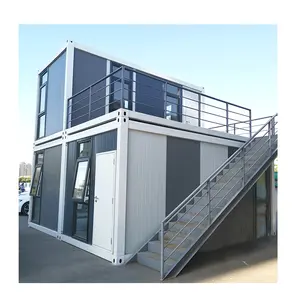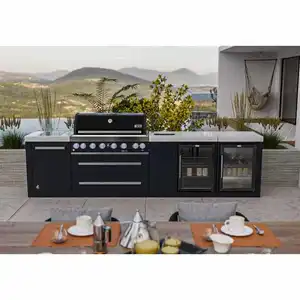Popular in your industry





























































Top categories
About types of tile floors
Introduction
Tile flooring, a versatile and stylish choice for any space, has seen a surge in popularity due to its durability, variety, and aesthetic appeal. This comprehensive guide will take you through the different types of tile flooring, from ceramic and porcelain to natural stone and glass, each with its unique characteristics and benefits. We'll also delve into the latest trends in tile flooring, as unveiled at a recent international trade event, and provide practical tips on choosing the right tile flooring for your space, considering factors like lifestyle, room purpose, and budget. Embark on a journey to discover the world of tile flooring and how it can transform your space.
Understanding Tile Flooring
Tile flooring is a versatile option with several methods for installation. The process involves preparing the subfloor, applying thinset mortar, and laying the tiles. Different types of tiles and mortars are used depending on the specific requirements of the project. The installation process is time-consuming as it involves setting the mortar and drying the grout. It's important to follow the tile manufacturer's instructions and building codes. A tile floor installation requires careful planning and preparation to ensure a level, even subfloor.
Types of Tile Flooring
Tile flooring comes in various types, each with unique characteristics. Ceramic tiles, either glazed or unglazed, offer a clean, uniform finish and durability. Glass tiles, while prone to chipping, are ideal for less-trafficked areas. Cement tiles are versatile and rich in patterns, but require regular resealing. Granite tiles are cost-effective and perform well in secondary spaces. Travertine tiles, though requiring extra maintenance, add a natural touch to low-traffic areas. Quarry tiles are dense, water-resistant, and ideal for high-traffic areas. Metal tiles, though prone to scratching, work well on work surfaces. Lastly, resin tiles are suitable for water areas but may yellow over time.
Ceramic Tiles
Ceramic tiles are a popular choice for flooring, walls, worktops, backsplashes, and bathrooms due to their durability, low maintenance, and water resistance. They offer a wide range of designs, colors, and textures, and can even mimic the look of hardwoods and natural stones. Ceramic tiles are also known for their hygienic properties as they do not harbor germs. However, they can be cold, heavy, and hard, making them uncomfortable for prolonged standing. Installation requires professional expertise due to their weight and hardness.
Porcelain Tiles
Porcelain tiles, made from dense clay fired at high temperatures, are known for their strength, durability, and beauty. They offer a sleek, polished look for large spaces and come in a wider variety of shapes and styles than ceramic tiles. Key advantages of porcelain tiles include their wear-resistance, low maintenance, suitability for high traffic areas, and enhanced moisture resistance. They are denser, thicker, and more robust than ceramic tiles, making them less likely to crack or break. Additionally, they are easy to clean and do not harbor bacteria like porous surfaces.
Natural Stone Tiles
Natural stone tiles are a timeless, elegant choice for flooring. They are robust, practical, and hygienic, making them suitable for both residential and business properties. These tiles are often used to create a sense of space and can 'open up' an area due to their light, airy feel. There are many types of natural stone floor materials, including marble, limestone, granite, and travertine tiles. Each type of stone tile has a unique aesthetic, from the classic luxury of marble to the rustic elegance of travertine, offering a wide variety to suit different styles and preferences.
Glass Tiles
Glass tiles are made from thin pieces of glass with a translucent glaze fired onto the back, resulting in clear, colored, or even textured tiles. They are typically sold individually or in mosaic patterns with a mesh backing. Glass tiles are versatile and ideal for kitchen and bathroom backsplashes, tubs, and showers due to their waterproof and durable nature. They are also easy to clean, requiring only glass cleaner or soap and water. However, avoid abrasive cleaners to prevent scratches. Despite their higher cost compared to traditional ceramic tiles, many homeowners choose glass tiles for their unique appearance and benefits.
Latest Trends in Tile Flooring
A recent international trade show unveiled five exciting trends in new tile collections. These trends are set to redefine the tile flooring industry, offering fresh and innovative options for businesses and homeowners alike. Stay tuned as we delve into these trends and explore how they can transform your space.
Color and Pattern Trends
Tile flooring trends are constantly evolving, with new color and pattern trends emerging. Blonde wood-look tiles and warm-toned tiles offer a natural, warm appearance, making rooms feel larger and more welcoming. Neutral tiles are a timeless choice, complementing all interior design styles and creating a warm, homely atmosphere. High color variation tile flooring is a unique design choice, offering a mix of modern and traditional looks. Herringbone and chevron tiles are popular for a luxury, timeless floor look. Mixed-width tiles offer a customized, modern appearance, while faux stone tiles provide the natural look of stone without the high cost.
Size and Shape Trends
Tile size and shape trends for the upcoming year are leaning towards larger formats and unique geometric designs. Large format tiles offer a striking appearance and a spacious feel due to minimal grout lines, adding a touch of luxury reminiscent of premium hotels. They are available in multiple effects, including various types of marble. Art Deco tiles, with their strong colors and unique shapes like scallops and hexagons, are also trending. Moreover, the trend of blending indoor and outdoor spaces is being facilitated by using the same large format tiles both inside and outside.
Texture and Finish Trends
The upcoming year is seeing a significant trend towards textured tiles. This trend is all about engaging the senses - not just seeing the tile, but feeling it, and layering it for a more tactile experience. Another trend is the revival of old styles, making everything old new again. This includes bold, fearless formats and patterns that make a statement. Lastly, the trend of curated essentials signifies tiles that stand the test of time, providing both style and durability.
Sustainable and Eco-friendly Tile Trends
Eco-friendly tile flooring is gaining popularity as a sustainable trend in interior design. Options include linoleum tiles, made from naturally occurring linseed oil, and natural stone tiles, a byproduct of the earth's tectonic processes. Recycled metal and glass tiles are more expensive but help keep non-biodegradable materials out of landfills. Cork tiles, made from the bark of the cork oak tree, are cost-effective and naturally renewable. Concrete tiles are durable and customizable, while ceramic hardwood tiles offer the look of wood without the environmental impact.
Choosing the Right Tile Flooring for Your Space
Choosing the right tile flooring for your space involves several considerations. First, identify the area where you want to install the tile and assess the foot traffic it typically receives. High traffic areas require harder tiles, while softer tiles can be used in less frequented spaces. The design of the tile is also crucial as it can affect the installation time. Smaller, intricate mosaic designs take longer to install than larger subway tile designs. The shape of the tile and the choice between ceramic and porcelain are other factors to consider.
Consider Your Lifestyle
When considering your lifestyle, it's important to choose flooring that can withstand the demands of your daily activities. High-traffic areas like kitchens and mudrooms require durable flooring, such as porcelain tile, which resists scratching and denting. However, be aware that it may crack under heavy impact. Alternatively, vinyl flooring is an affordable, easy-to-install option that can mimic the look of real wood. It's also more durable than past versions, but may be prone to scratching. Always consider the practicality of your flooring choice in relation to your lifestyle.
Consider the Room's Purpose
When choosing tile flooring, consider the room's purpose. Large-sized tiles are ideal for living rooms, dining rooms, and bedrooms, creating a sense of spaciousness with fewer joint lines. Smaller tiles are more suitable for kitchens and bathrooms. Gloss finish tiles, while attractive, can become slippery when wet, making them unsuitable for kitchens or bathrooms. Instead, consider matte finish tiles for these areas, as they are slip-resistant and do not show stains or dirt easily.
Consider Your Budget
When considering your budget for tile flooring, it's important to understand that costs can vary significantly based on the type of tile you choose. For instance, vinyl tiles are relatively affordable, ranging from $2–$14 per square foot, while high-end options like terrazzo can cost between $25–$80 per square foot. The cost of installation also depends on factors such as the tile's PEI rating, the complexity of the design, and the location of installation. Additional costs may include removal of existing flooring, subfloor repair or installation, and whether you choose DIY or professional installation.
Conclusion
Tile flooring offers a world of possibilities, with a variety of types and styles to suit any space and lifestyle. From the durability of ceramic and porcelain tiles to the elegance of natural stone and the unique appeal of glass tiles, there's a tile flooring option for everyone. The latest trends in tile flooring, including color and pattern trends, size and shape trends, texture and finish trends, and sustainable and eco-friendly tile trends, provide fresh and innovative options for transforming your space. When choosing the right tile flooring, consider factors like the area of installation, foot traffic, design, lifestyle, room purpose, and budget. With careful planning and consideration, you can find the perfect tile flooring to enhance your space and meet your needs.
